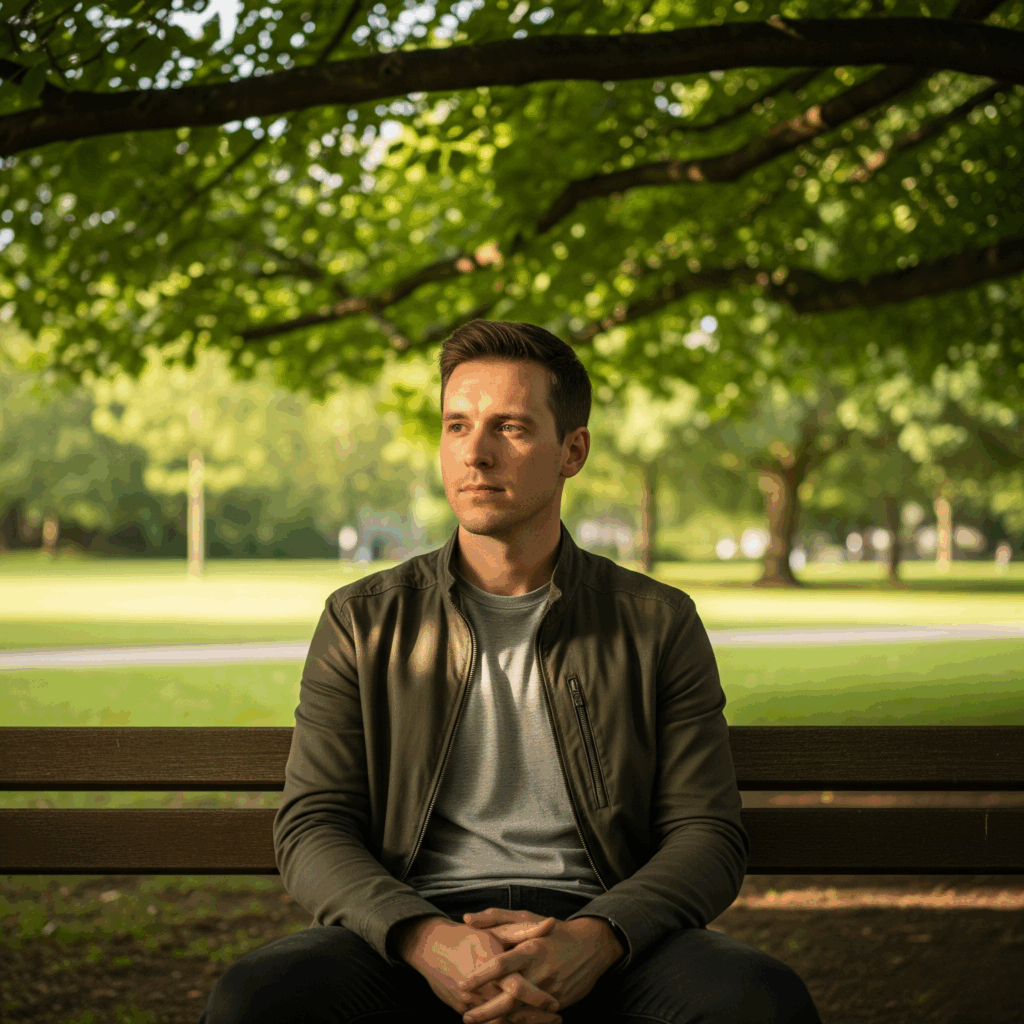Navigating Grief and Loss After Diagnosis
Receiving a diagnosis can be a deeply unsettling and life-altering experience. While we often associate grief with death, it’s crucial to recognize that grief is a natural response to any significant loss. A diagnosis can bring with it a cascade of losses: loss of health, independence, future plans, and even a sense of self. This is known as disenfranchised grief, a type of grief that is not openly acknowledged or socially supported, making it particularly challenging to navigate.

The grieving process is not linear. You might experience a rollercoaster of emotions, from sadness and anger to fear and denial. It’s important to understand that these feelings are valid and a normal part of processing a new reality. Allowing yourself to feel these emotions without judgment is the first step toward healing. Suppressing them can lead to further emotional and physical distress.

(abstract image to represent emotions)
Creating space for your grief is essential. This can be done by talking to a trusted friend or family member, joining a support group, or seeking guidance from a therapist or counselor who specializes in chronic illness or grief. These safe spaces allow you to share your experiences and learn from others who are on a similar journey. Remember, you don’t have to carry this burden alone.

Finally, be patient and compassionate with yourself. Healing from this kind of grief takes time. There will be good days and bad days. Celebrate the small victories and give yourself grace during the setbacks. You are strong and resilient, and you are capable of finding a new sense of purpose and meaning, even in the midst of this challenge.
Reference
https://www.webmd.com/mental-health/what-to-know-about-disenfranchised-grief

Leave a Reply